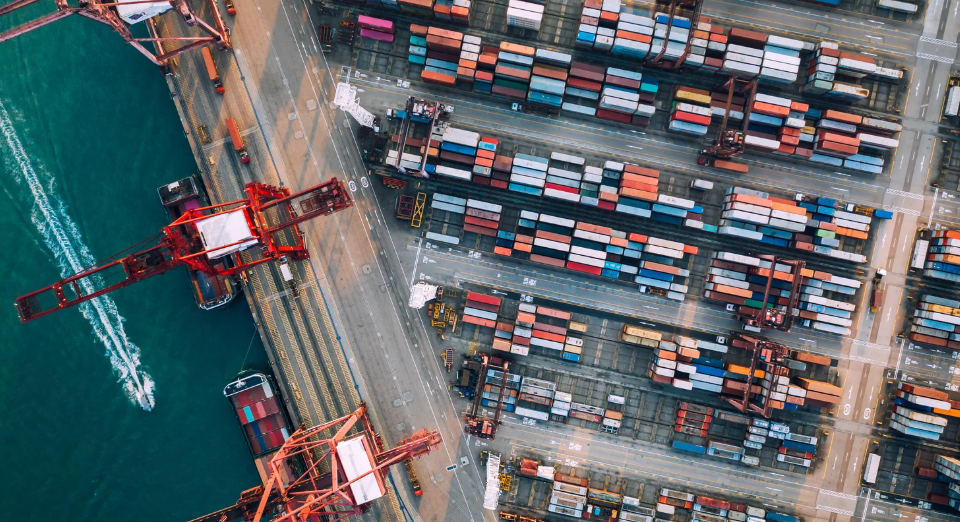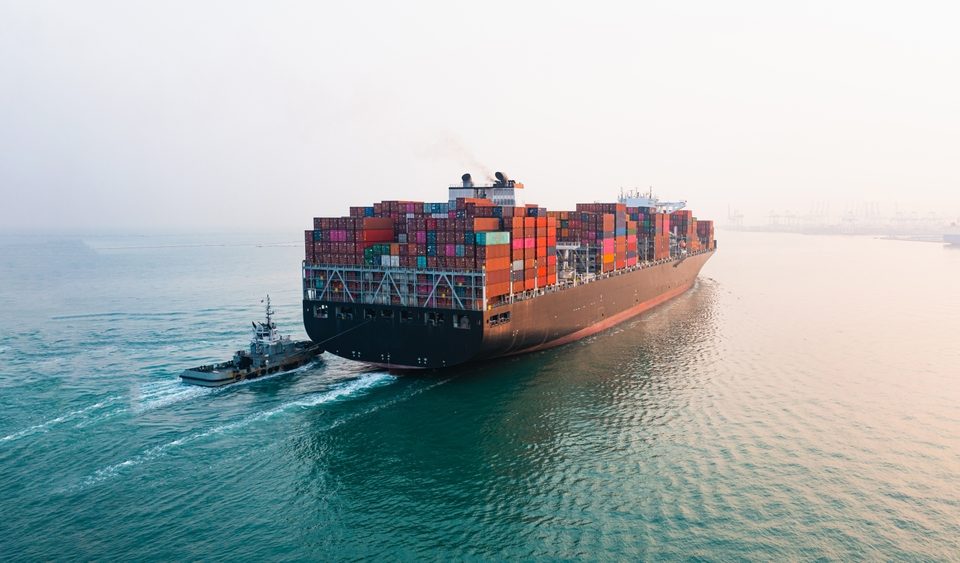
ALERT: USDA AMS Requirements Go Live in ACE on February 22, 2022
February 18, 2022
Unprecedented Expansive Sanctions Against Russia
February 28, 2022Weekly Vessels Anchored and at Terminals as of 2/17/2022
LA & LB: Anchored 3 | Terminal 29 | Loitering 72
Vessel Congestion Update – LA/LB
On February 16, 2022, the Southern California Marine Exchange (SCME) reported 87 total vessels in the twin ports of Los Angeles (LA) and Long Beach (LB). Of the vessels, 32 are container ships with 5 at anchor or loitering and 27 at berths. The update represents an estimated number of vessels that are within the port anchorage 40 NM* area; however, reports suggest an estimated 72 container vessels are loitering/steaming toward the San Pedro Bay outside the 150 NM* area. The average number of days container vessels are waiting at anchorage within the 40 NM* for a berth is 3 to 4.2 days. In January 2022, the reported number was 17.6 to 28 days and vessels waiting outside the 40 NM number of days waiting in anchor/loitering is estimated at over 76 days to reach a berth.
The transit time for ships sailing from Asia to LA & LB has increased to an average of 38 days, which is up from 28 days recorded in mid-November. The increase in transit time can be attributed to the recent arrival queue change for container vessels made in January 2022. This change enables the container vessels to slow steam across the Pacific waiting to receive an assignment in the arrival queue based on departure from their last port of call. The vessels then wait in an outside air quality area to best avoid pollution of nearby port cities without losing an actual arrival time.
Note: Nautical Mile (NM)
LA/LB Import Container Dwell Fee – Extended by the Ports
The Ports of LA and LB continue to monitor the weekly progress of on-dock container dwell times and have postponed the fee since the start of the program. To date, both ports have seen a combined decline of 70% in aging cargo on the docks since the program was announced on October 25, 2021.
Global Port Congestion Shows Little Sign of Improvement
On February 18, 2021, Splash reported in part: “Container shipping analysts around the world this week provided updates on global port congestion which advised shippers will need to brace for further hindrances going into the second quarter of 2022. Congestion in most parts of Asia has eased, however, it continues to escalate in North America, with both west and east coast ports reaching new record highs during the last several days. While the media focus is on the reduction of vessels in queue within the San Pedro Bay, the reality remains with the overall containership queue at U.S. ports at record highs. The reduction realized in LA/LB can be attributed to vessel diversions to the U.S. East Coast as well as other West Coast ports since October 2021, which has spread the congestion to the other North American ports.”
In February, the ocean freight market is expected to experience a slight lull during the month, as demand is anticipated to pick up once manufacturing facilities reopen. In the upcoming months, as U.S. retailers and other shippers replenish and increase safety inventories, the potential for increased port congestion is highly likely.
According to the National Retail Federation, Johnathan Gold stated in part: “We’re not going to see the dramatic growth in imports we saw this time last year, but the fact that volumes aren’t falling is a clear sign of continued consumer demand. Last year a new bar was set for imports, and the numbers remain high as consumers continue to spend despite COVID-19 and inflation. The slowdown in cargo growth will be welcomed as the supply chain continues to try to adapt to these elevated volumes. Unfortunately, many experts expect ongoing disruptions throughout 2022 for a variety of reasons.”
Please contact your Western Overseas representative with any questions.





